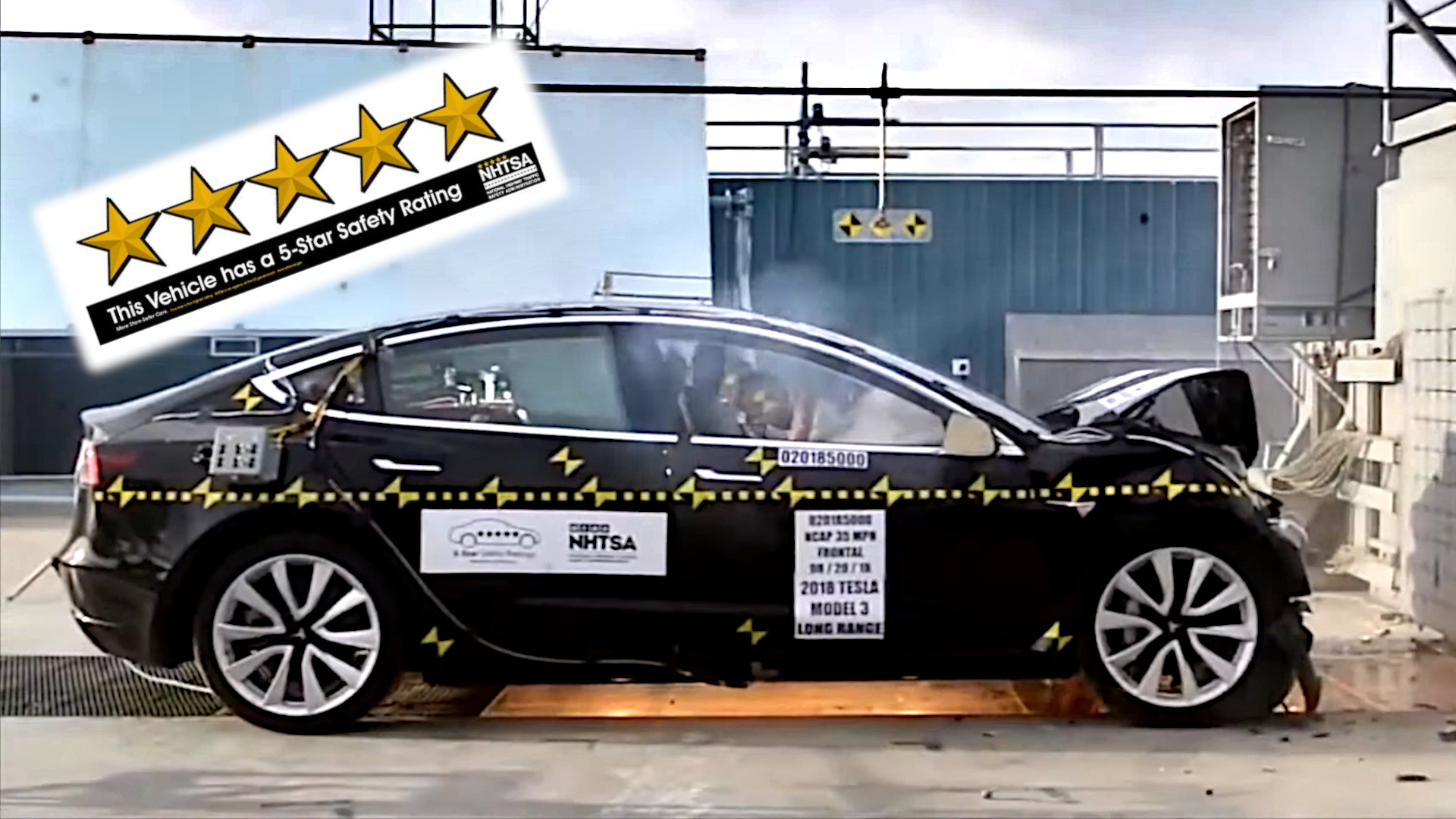

The National Highway Traffic Safety Administration, or NHTSA, has a pretty straightforward job spelled out by its name. As part of a push from the Biden administration, the organization is currently exploring plans to update its Five-Star Safety Ratings program in order to better serve its goal to improve safety on US roads.
The plans concern the organization’s Five-Star rating system for new vehicles, also known as the New Car Assessment Program (NCAP). The changes will include a recommendation that new vehicles include four new driver assistance technologies: lane-keeping, pedestrian automatic emergency braking, blind-spot detection, and blind-spot intervention.
It’s hoped that these technologies can stop crashes before they happen, rather than mitigating the negative effects after an incident. The updates to the program will also include more rigorous test procedures and criteria for driver assistance technologies.
There’s also an eye to the future, with the NHTSA looking to create a 10-year roadmap for NCAP updates. The organization will also solicit comment on how driver assistance technologies should be rated to help customers compare offerings from one automaker to another. There will also be discussion around adding other new technologies to the NCAP recommendation system, such as things like driver monitoring systems and those that measure driver distraction or intoxication.
Transportation Secretary Pete Buttigieg spoke in favor of the changes, noting the “crisis on America’s roadways” with over 3,000 people dying every month. “These important changes will help save lives on our roadways by ensuring that consumers have the information they need about the latest safety technologies when they buy a new vehicle,” said Buttigieg.
It’s notably the first time that the NHTSA has included technologies with an eye to pedestrian safety in the NCAP rating system. Given the recent increases in hood height on SUVs and trucks in recent years, widely thought to be increasing pedestrian fatalities, it’s a welcome move for all pedestrians. If you leave the house and go outside sometimes, that includes you.
The safety ratings are also a great way for customers to spot cars that don’t measure up to the prevailing standards of the marketplace. Spotting a vehicle with a low rating is an easy way to tell a car isn’t offering the same equipment and performance in a crash as its competitors.
There’s a 60-day public comment period on the proposed updates; interested parties can view the full proposals online. The new measures, should they pass, will require automakers to work just a little bit harder to secure those five-star safety ratings when their latest vehicles hit the dealership.
Got a tip? Let the author know: lewin@thedrive.com